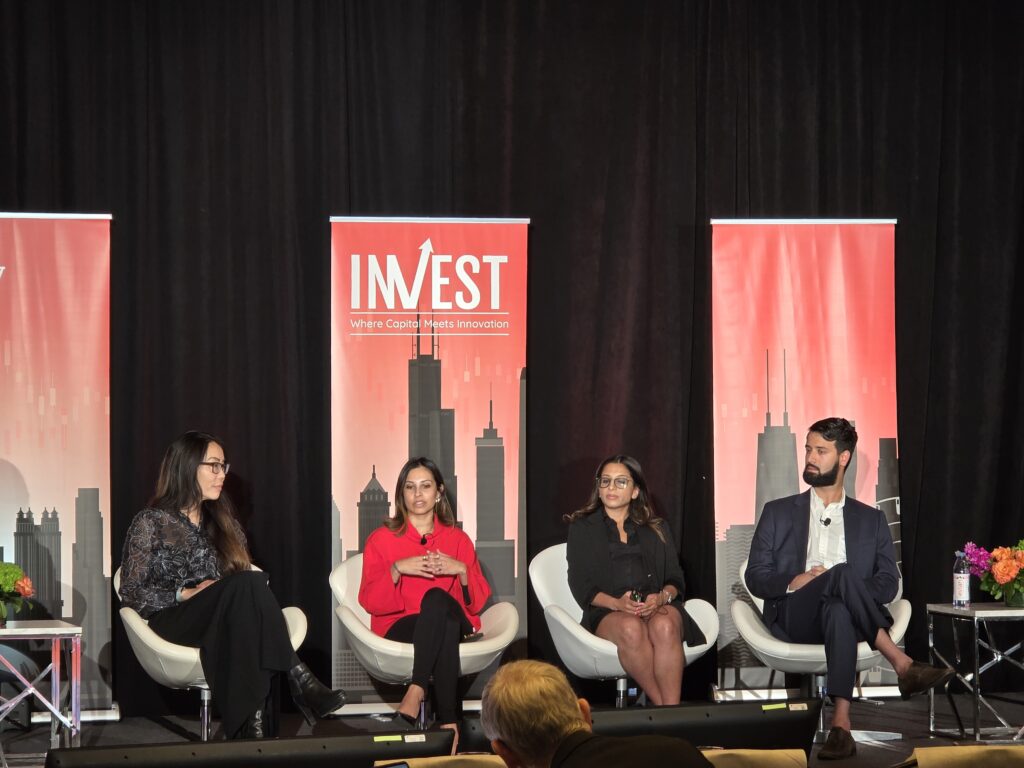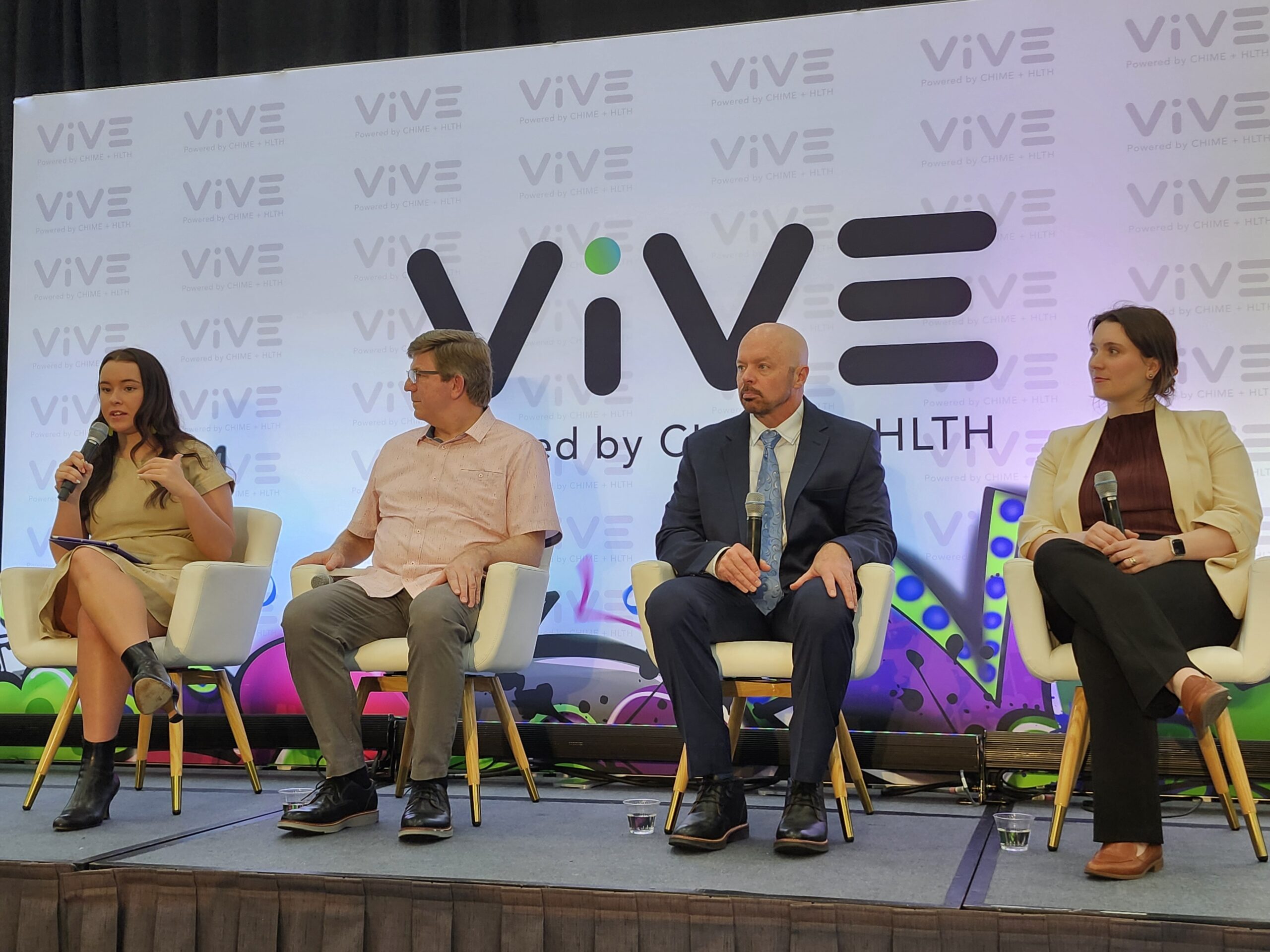
It’s hard to go anywhere now without hearing about GLP-1 drugs. Awareness of these drugs continues to rise and chances are good you know someone who has, at some point, taken one of these drugs. According to a recent KFF Health poll, one in eight adults have taken a GLP-1 agonist for weight loss.
As the market for GLP-1 drugs grows, it’s shaping up unlike the typical market for pharmaceutical products. Compounding pharmacies are getting a share by selling compounded versions of GLP-1 drugs to consumers. Companies that operate gyms are reportedly acquiring weight loss clinics that employ physicians who can prescribe GLP-1 drugs. Some medical spas have added these drugs to their offerings.
Dr. Rekha Kumar, chief medical officer at the weight care platform Found and a practicing endocrinologist at NewYork-Presbyterian, said her concern is these different players may not have the ability to offer comprehensive obesity care. After all, GLP-1 products are medications with side effects. As with any medication, there are responders and non-responders. A gym or spa may not know how handle matters such as dose escalation or de-escalation, or how to manage side effects.

When Investment Rhymes with Canada
Canada has a proud history of achievement in the areas of science and technology, and the field of biomanufacturing and life sciences is no exception.
“If you could come to me, you would never ask for a massage,” Kumar said. “It’s a little weird to go to the gym and ask for medicine, but maybe not.”
Kumar spoke Wednesday during a panel discussion at the MedCity News INVEST Conference in Chicago. She was joined by Sheila Shah, managing director at L.E.K. Consulting, and Alexander Singh, head of analytics for metabolic health company knownwell. Betty Pio, partner at global consulting firm Kearney, moderated the panel.
There’s science and biology behind the condition of obesity, Kumar said. What’s changed in recent years is that this message is reaching patients. Now people are banging down the door, asking doctors for GLP-1 drugs, which is not typical of any medicine, she said. Makers of GLP-1 drugs are doing their best to oblige. Novo Nordisk, which makes Wegovy, and Eli Lilly, manufacturer of Zepbound, face challenges to produce enough of their obesity drugs to meet skyrocketing demand. Both companies are expanding manufacturing capacity for these drugs.
GLP-1 drugmakers are also taking the steps to expand uses of these medicines to other indications, such as cardiovascular health and sleep apnea. The drumbeat of new GLP-1 data in indications beyond weight loss has sparked a reaction in the medical device sector. ResMed, maker of CPAP machines used by people who have sleep apnea, saw its stock price dip after Eli Lilly’s recent report of Phase 3 data showing that treatment with its weight drug, Zepbound, reduced the breathing problems associated with sleep apnea.

At ViVE 2024, Panelists Share Prior Authorization Progress and Frustration in Payer Insights Program
At the Payer Insights sessions on Day 1 of ViVE 2024, a panel on prior authorization offered compelling insights from speakers who shared the positive developments in this area after years of mounting frustration. Speakers also shared challenges as they work with providers to figure out how policy developments and technology will work in practice.
“It was honestly, kind of scary for a lot of our medtech clients even in areas not related to GLP-1s,” Shah said.
Shah said and there is now more awareness and recognition that GLP-1 drugs and medical devices can work together. For example GE Healthcare is collaborating with Novo Nordisk, maker of Wegovy. The partners aim to develop a non-invasive ultrasound treatment for type 2 diabetes and obesity. Obesity care must go beyond a focus on medications to include other players that work together to develop a cohesive and comprehensive obesity solution, she said.
Singh said an estimated 40% of those with obesity don’t go to see a doctor. The comorbidities associated with obesity aren’t addressed by a primary care provider or a cardiologist. He thinks awareness of GLP-1 drugs could help change that trend.
“The GLP 1 gold rush, if you will, has really opened the door to start having conversations outside of the medical field,” he said.
Singh said the impact of GLP-1 drugs on the obesity market could shape up similarly to how cholesterol-lowering statins changed the care of patients at risk of cardiovascular disease. As with statins, patients with high body mass indexes and comorbidities will be managed by obesity specialists. Less complicated cases will be managed by primary care providers. But cost concerns will continue to loom over the market until there is broader coverage.
Oral GLP-1 drugs could help overcome issues of medication adherence, Shah said. One of the top reasons patients stop using these drugs is they don’t like injections. While pill versions of GLP-1 drugs can address this problem, it’s an open question whether patients really want to be on these drugs for the rest of their lives. Oral obesity drugs will allow clinicians to reach more patients, Kumar said. The reason for that is the oral drugs in development work in different ways, providing additional options for patients who don’t respond to injectable GLP-1 medications. Oral small molecules will also be easier and less expensive to make, which could make them competitive with the injectable drugs. But while Kumar said she is hopeful for new options, she is concerned about the lack of adherence to the diet and exercise changes that need to accompany these drugs. Looking back at statins, she said some people saw the emergence of these drugs as a license to eat a cheeseburger.
Singh said many patients he’s met struggle with the first step of how to start exercising and then how to keep it up. The big expanding piece he sees for the obesity market is reaching patients in their homes to keep them adherent to a weight loss program. Kumar said she’s a believer in fitness and would like to see fitness incorporated into medical care. But she added that it’s harder to incorporate medical care into fitness. Reimbursement models aren’t set up for GLP-1 drugs provided by gyms and spas, and this approach does not solve issues of equity and accessibility. It could make health disparities worse, leading to more rich thin people and more poor, unhealthy people, Kumar said.
Shah emphasized an approach of whole person care, going beyond obesity with programs that encompasses associated conditions, such as sleep apnea and diabetes. In digital health, there is a desire for a platform that provides holistic care, which is not necessarily how care is provided today.
“I would like to see more holistic solutions that focus on obesity care management, not just obesity medication, and I would like to see more regulation and support around who is providing this to patients themselves,” Shah said.
Photo by MedCity News












